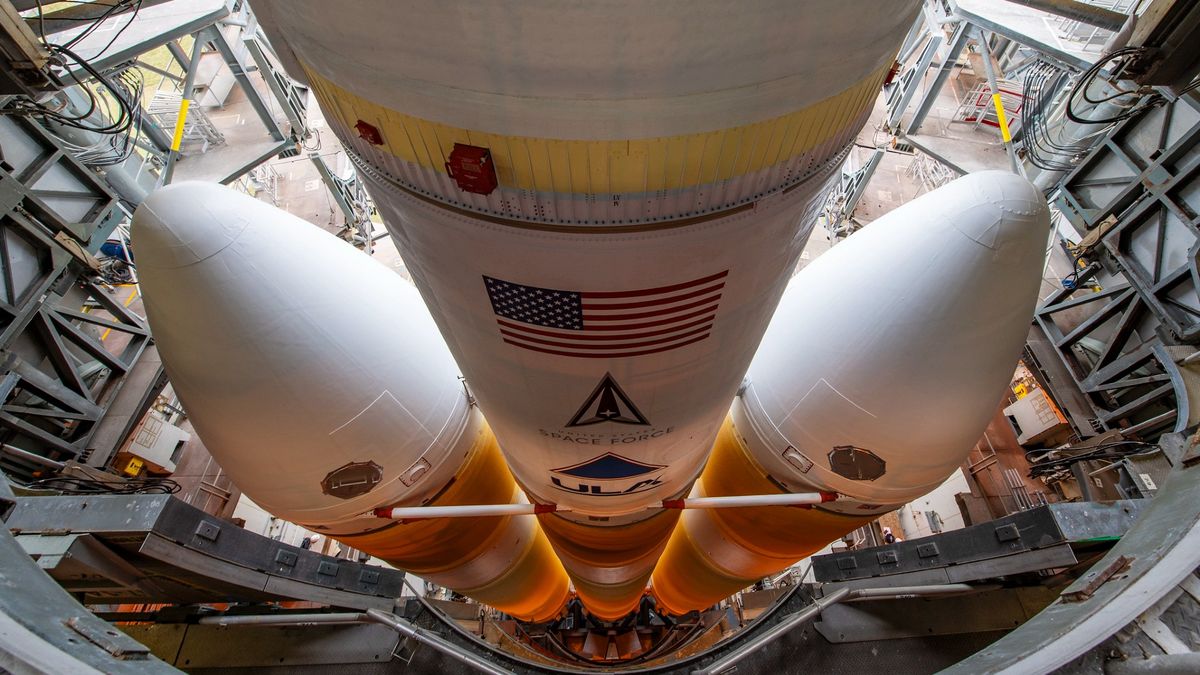Astronomers Unlock Secrets of Planet Formation
The discovery of ammonia isotopologues by the James Webb Space Telescope (JWST) has provided astronomers with a groundbreaking method to study the formation of gas-giant planets. These isotopologues are molecules that contain the same elements but differ in the number of neutrons within their nuclei. In atoms, the number of protons remains constant, but variations in the number of neutrons create isotopes, which are then referred to as isotopologues when part of a larger molecule.
For instance, carbon-12 (12C) and carbon-13 (13C) isotopes have the same protons but differ in neutron count, making 13C heavier. This ratio of 12C to 13C plays a crucial role in inferring the history of planetary systems due to their distinct properties and origins.
While isotopes have been detected in our solar system, the vast distances to exoplanets limited previous detection to 12C and 13C. However, the recent study by astronomers David Barrado, Paul Mollière, and Polychronis Patapis from the Centro de Astrobiología in Madrid, using JWST’s Mid-Infrared Instrument (MIRI), made a significant breakthrough.
Ammonia Isotopologues Unveiled
The team detected ammonia isotopologues in the atmosphere of a cold brown dwarf known as WISE-J1828, situated 32.5 light-years away in the Lyra constellation. Although brown dwarfs are not classified as planets, they serve as essential models for giant planets.
Through MIRI’s observations, water vapor, methane, and ammonia were identified in WISE-J1828’s atmosphere. Of particular interest was the detection of two different isotopologues of ammonia – 14NH3 and 15NH3, with a remarkable ratio of 670 to 1. This ratio, significantly higher than that of Earth, suggests a distinctive formation process, highlighting the top-down approach typical of brown dwarfs and stars.
The study showcased how JWST’s capabilities can unravel the mysteries of planet formation, shedding light on the diverse origins of gas giants within our universe. By analyzing ammonia isotopologues in exoplanetary atmospheres, scientists aim to deepen their understanding of planetary evolution and unlock the secrets of celestial birth.
Image/Photo credit: source url





